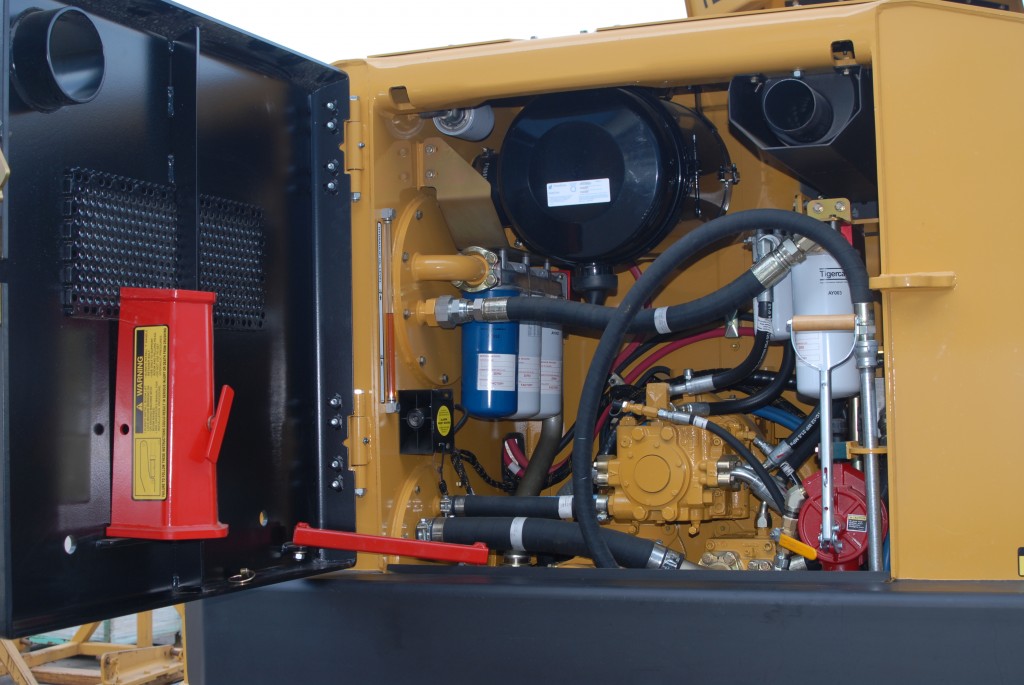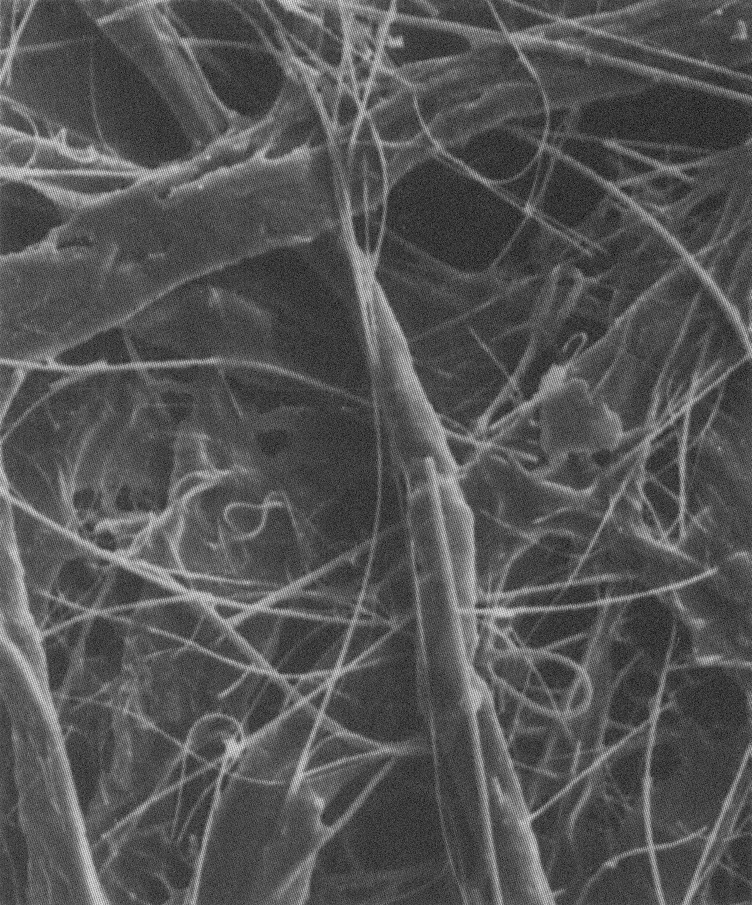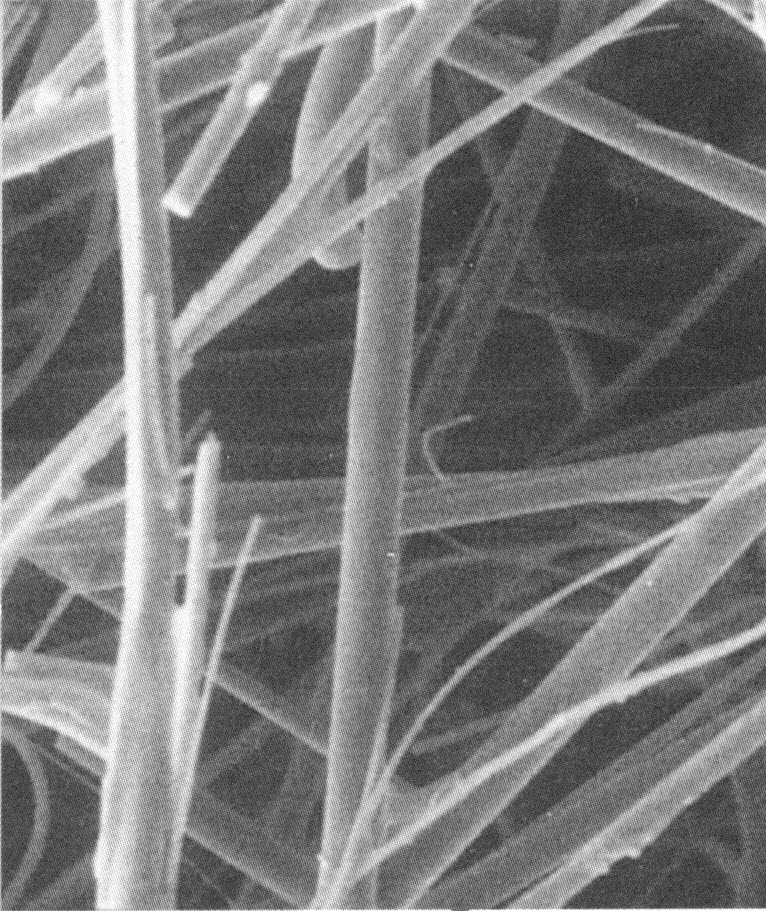Hydraulic oil filtration is critical because it keeps hydraulic systems up and running, reducing maintenance costs and machine downtime. Without filtration, contaminants in the oil would quickly lead to excessive component wear and imminent failure.

In days gone by, hydraulic components were somewhat forgiving of less than optimal maintenance practices but the modern machinery of today reflects our demands for higher production and greater fuel efficiency. As a result, the level of sophistication of the hydraulic systems has increased significantly. Components are manufactured to extremely tight tolerances in order to reach our productivity and fuel economy goals. Consequently, these hydraulic components demand much more effective filters to provide contamination control.
It is the job of your hydraulic filters to remove contamination from the oil flow. Just because a replacement filter fits in the same location as your Tigercat branded filter, it does not mean it will have the same performance qualities.
There are many important characteristics and criteria to consider when choosing a filter. Tigercat filters have been selected based on criteria related to the machines such as the types of components being protected, system flow and pressure, the duty cycle of the machine, operating temperatures and oil viscosity. Other characteristics of the filter to consider: filter efficiency and micron rating, filter head bypass rating and water separation ability. Two very important filter characteristics are the media type and dirt holding capacity.
Media Type and Internal Support. The fundamental method of differentiating one brand of filter from another is to closely consider the filter media type used. There are two basic media types, cellulose and synthetic.
Cellulose or paper has long been the traditional media used in hydraulic filters. It is created from naturally grown wood fibres and has a cardboard-like structure. Although a filter using a cellulose-type media may be efficient to some degree, its inconsistent fibre size and irregular structure creates undesirable flow restriction. The pleats in cellulose elements are usually unsupported and prone to collapse under pressure thus reducing the filtering surface area of the element.

Cellulose or paper has a cardboard-like structure. Its inconsistent fibre size and irregular structure creates undesirable flow restriction.
The newer synthetic media type is a better option. Often referred to as microglass or fibreglass, it has a very fine fibre size and uniform structure. This results in less flow restriction and a more uniform filtering pattern. Synthetic filter elements are usually supported with a wire mesh to ensure that the pleats do not collapse.
Dirt holding capacity. This is another useful criteria to consider when evaluating the differences in filters. The dirt holding capacity is a specific weight measurement of how much debris or particles the filter can hold. Once the maximum capacity level is reached, the filter’s resistance to flow increases to the point where the filter head begins to bypass and filtration no longer occurs. The filter must then be replaced.

A microscopic view of a synthetic media. Fibreglass has a very fine fibre size and uniform structure. The consistent structure of synthetic media filters has been engineered to provide excellent filtration qualities while minimizing flow disturbance. This results in less flow restriction and a more uniform filtering pattern.
To ensure peak performance and maximize component life, Tigercat recommends the exclusive use of Tigercat brand hydraulic filters. Tigercat brand filters are carefully selected based on criteria related to the machines they are equipped on, as well as the characteristics of the filters themselves. Talk to your Tigercat dealer for more information on Tigercat hydraulic filters and the availability of a Tigercat Fluid Analysis program (TFA).